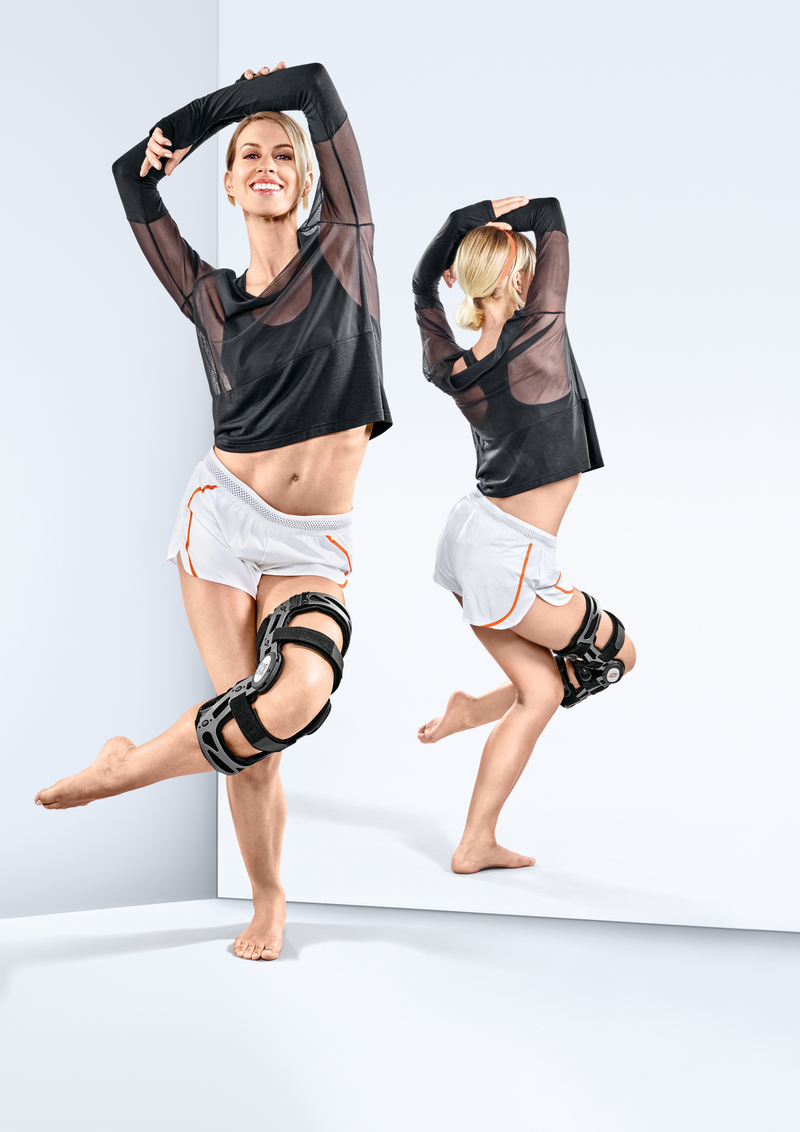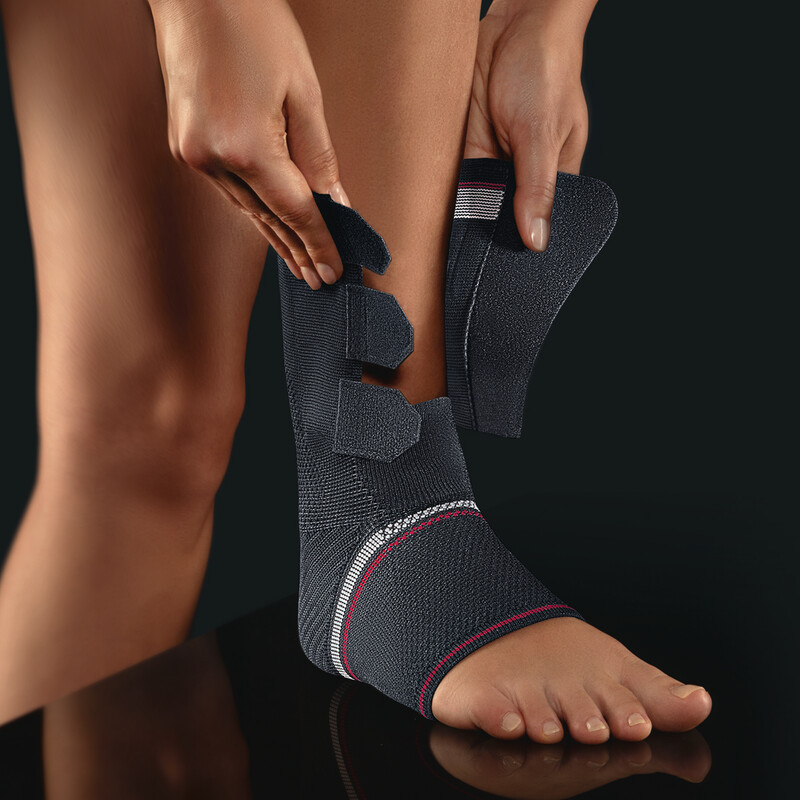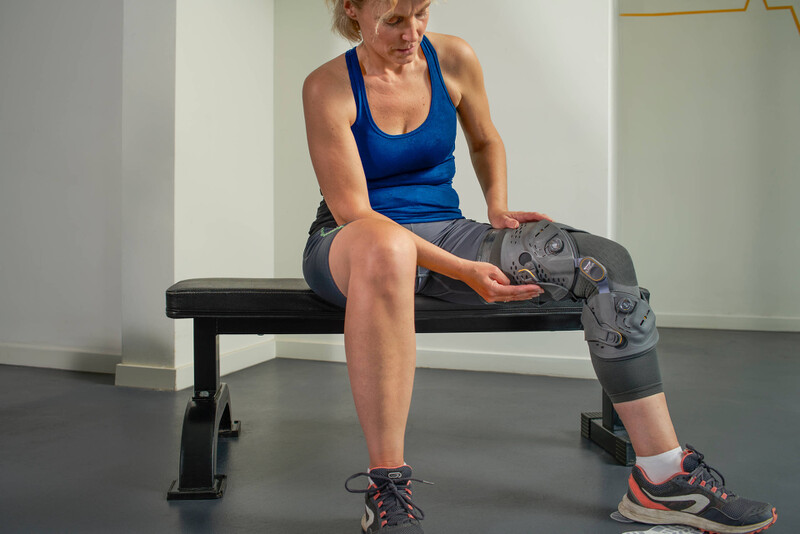Bandages & Orthoses in Basel
Bandages and orthoses are used as orthopedic aids and can be used for joint problems or for stabilization and training in all regions of the body, such as the shoulders, neck area, arms, legs and feet. Orthoses and bandages support pain relief, support and can optionally also fix and limit. The aim of orthoses and bandages is to enable patients to have more mobility in the long term, or to regain it and thus improve their quality of life.

Product Overview Bandages & Orthoses
Upper extremities
Lower extremities
Spine

Stabilize Bandages & Orthoses
Bandages and orthoses are individually adapted to the patient and, depending on the type, partially or completely enclose the joints. Only in this way can the bandages and orthoses perfectly stabilize the affected area and, if desired, strengthen it by applying pressure to the specific region of the body. In addition to the usual bandages and orthoses for only one region, there is also a combination of bandages and orthoses, as well as custom orthoses for several areas, such as the knee-leg-foot orthosis. Your Basler Orthopedics is the contact in Basel and the region for individually fitted bandages and orthoses. We can also advise you on combinations of bandages and orthoses and can add or remove individual elements to effectively support your treatment with the right orthosis.

Bandages from Basler Orthopedics
Large Selection and Good Advice
Bandages are familiar to most people. They are usually more flexible and offer the patient more freedom of movement. The surrounding muscles can be activated by the close contact and the affected joint is stabilized. A bandage adapts to the shape of the body due to its composition of an elastic material mix and allows the patient unrestricted movement and still sufficient compression. Bandages are probably one of the oldest aids and can be divided into two different forms. On the one hand, a bandage can be used as an elastic band to protect certain parts of the body, on the other hand, bandages are used as a compression knit to treat muscular joint problems.

Orthoses for Pain-Free Movement
Orthoses are adjusted by our orthopedic technician because they have to fit perfectly when they are put on, parts may have to be added or removed and adjustments often have to be made during therapy. They stabilize and protect the affected joint, for example after an operation, and keep it in a desired position or allow a small range of motion, which is individually and optimally adjusted. Orthoses are made of solid materials and have a more complex structure than bandages. This is the only way they can effectively relieve the desired body region and prevent incorrect movements.

Questions & Answers about Bandages & Orthoses
The selection of bandages is very extensive, because there is a special bandage for each body region. There are bandages for ankle joints, knee joint bandages or knee bandages, back bandages, hand bandages and elbow bandages.
Bandages are used to relieve certain body regions. They relieve and inhibit pain and activate the desired points in joints and bones with light pressure, thus supporting general mobility.
Orthoses are medical aids and support injured or restricted areas of the body, for example after an accident, an operation or an injury. They help with sudden pain caused by injury as well as with chronic diseases such as deformities.
There are many different types of orthotics. In general, one speaks of orthoses for ankle joints, elbow orthoses, wrist orthoses, knee orthoses, foot orthoses and finger orthoses. In addition to orthoses for specific areas, there are so-called combination orthoses for the upper and lower body.
Orthoses are usually expensive and have to be adapted to the patient. In most cases, these costs are covered by health insurance, since an orthosis is usually prescribed by a doctor. The prices of the tools vary depending on the area of application and effort.

Emergency service:
061 205 77 77
Mon - Fri 17:30 to 21:00
Sat - Sun 10:00 to 16:00
*The on-call service fee is CHF 150.
and is to be paid immediately on site.
Öffnungszeiten:
Monday to Friday:
08:00 - 12:00
13:30 - 17:30
Saturday closed
On Monday, March 10, 2025, we are closed due to the Fasnacht.















